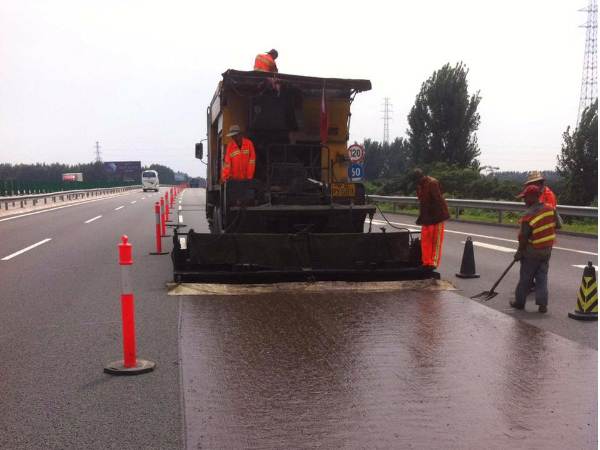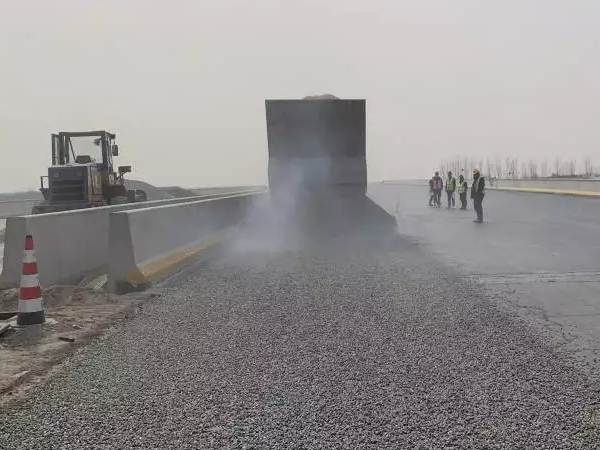The definition and application of slurry sealing technology in highway construction
Slurry sealing uses mechanical equipment to mix appropriately graded emulsified asphalt, coarse and fine aggregates, water, fillers (cement, lime, fly ash, stone powder, etc.) and additives according to the designed ratio into a slurry mixture and uniformly It is paved on the original road surface and is firmly combined with the original road surface through the processes of coating, demulsification, water separation, evaporation and solidification to form a dense, strong, wear-resistant and road surface seal, which greatly improves the performance of the road surface.
Slurry sealing technology emerged in Germany in the late 1940s. In the United States, the application of slurry sealant accounts for 60% of the country's black pavement, and its scope of use has been expanded. It plays a role in preventing and repairing diseases such as aging, cracks, smoothness, looseness, and potholes in new and old pavements, making The waterproof, anti-skid, smooth and wear-resistant properties of the road surface are rapidly improved.
Slurry sealing is also a preventive maintenance construction method for surface treatment of pavement. Old asphalt pavements often have cracks and potholes. When the surface is worn, emulsified asphalt slurry sealing mixture is spread on the pavement into a thin layer and allowed to solidify as quickly as possible, so that the asphalt concrete pavement can be maintained. It is maintenance and repair with the purpose of restoring the function of the road surface and preventing further damage.


The slow cracking or medium cracking mixed emulsified asphalt used in the slurry seal layer requires the asphalt or polymer asphalt content to be about 60%, and the minimum must not be less than 55%. Generally, anionic emulsified asphalt has poor adhesion to mineral materials and takes a long time to form. It is mostly used for alkaline aggregates, such as limestone. Cationic emulsified asphalt has good adhesion to acidic aggregates and is mostly used in acidic aggregates, such as basalt, granite, etc.
The selection of asphalt emulsifier, one of the ingredients in emulsified asphalt, is particularly critical. A good asphalt emulsifier can not only ensure the quality of construction but also save costs. When choosing, you can refer to the various indicators of asphalt emulsifiers and the instructions for use of the corresponding products. Our company produces a variety of multi-purpose asphalt emulsifiers. If you have any questions, please consult our customer service.
The emulsified asphalt slurry seal can be used for preventive maintenance of Class II and below highways, and is also suitable for the lower seal layer, wearing layer or protective layer of new highways. It is now also used on highways.
Classification of slurry seals:
According to mineral gradation
According to the different gradations of mineral materials, the slurry sealing layer can be divided into fine sealing layer, medium sealing layer and coarse sealing layer, represented by ES-1, ES-2 and ES-3 respectively.
According to the speed of opening to traffic
According to the speed of opening traffic[1], slurry seals can be divided into fast opening traffic slurry seals and slow opening traffic slurry seals.
Divided according to whether polymer modifiers are added
According to whether polymer modifier is added, slurry sealing layer can be divided into slurry sealing layer and modified slurry sealing layer.
Divided according to different properties of emulsified asphalt
Slurry sealing layer is divided into ordinary slurry sealing layer and modified slurry sealing layer according to the different properties of emulsified asphalt.
Divided according to thickness
According to different thickness, it is divided into fine sealing layer (I layer), medium sealing layer (II type), coarse sealing layer (III type) and thick sealing layer (IV type).

